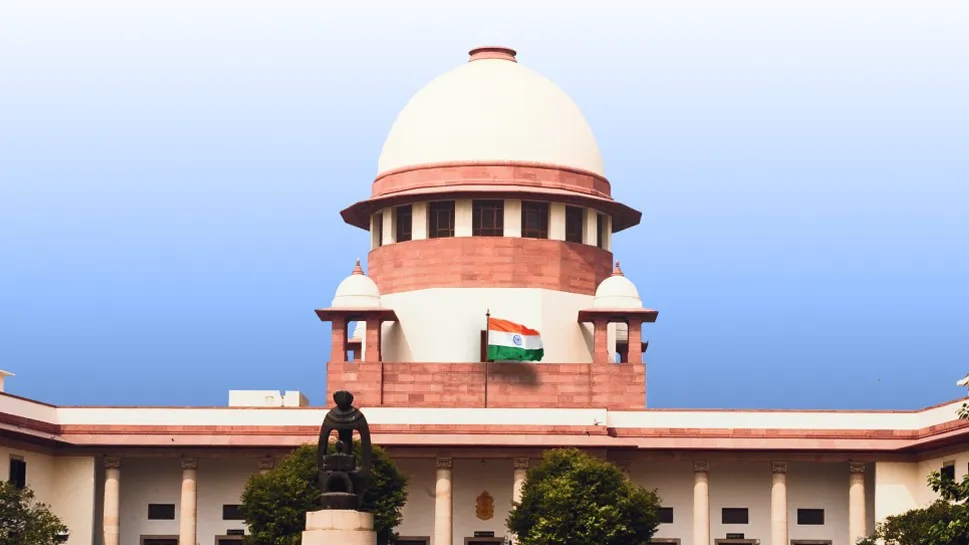

New Delhi, Jan 8: Congress MP Sonia Gandhi, who was admitted to Sir Ganga Ram Hospital on Monday night, is in stable condition, according to Dr Ajay Swaroop, Chairman of Sir Gangaram Hospital. The chairman said that the Congress leader is responding well to treatment and recovering.
Congress MP Sonia Gandhi was admitted to Sir Ganga Ram Hospital in the national capital on Monday after experiencing respiratory issues. Chairman of Sir Ganga Ram Hospital, Ajay Swaroop, said that following a detailed medical examination, Sonia Gandhi's bronchial asthma was mildly exacerbated by the combined effects of cold weather and prevailing pollution levels in Delhi. As a precautionary measure, doctors decided to admit her for observation and further medical management.
"She was experiencing respiratory discomfort, and upon medical examination, it was found that her bronchial asthma had been mildly exacerbated due to the combined effects of cold weather and pollution. As a precautionary measure, she was admitted for further observation and treatment. At present, her condition is absolutely stable," Swaroop said in an official statement.
Providing further details on her treatment, the hospital chairman stated that the Congress MP is responding well to the treatment and she is being managed with antibiotics and other supportive medications. Swaroop added that the decision regarding her discharge will be taken by the treating physicians based on her clinical progress.
"At present, her condition is absolutely stable. She is responding well to treatment and is being managed with antibiotics and other supportive medications. The decision regarding her discharge will be taken by the treating physicians based on her clinical progress and is likely in a day or two," Swaroop said.
(ANI)